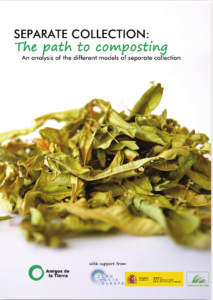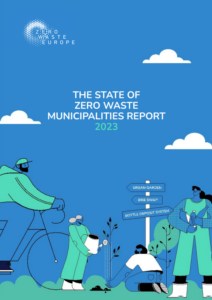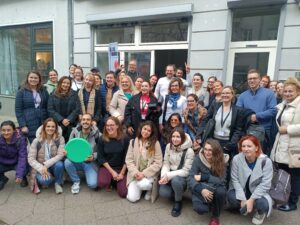Study shows climate benefits from separate collection of organics

Separate collection of organics is a key strategy for reducing climate change emissions according to a study undertaken by Zero Waste Europe’s member Amigos de la Tierra Spain in their latest report “Separate Collection: The Path to Composting“.
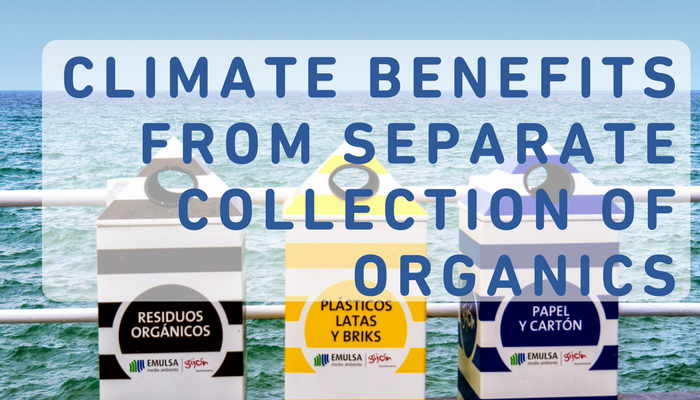 The study analysed and evaluated the waste management systems in 5 different Spanish cities with different collection system for organics, showing that door-to-door and community composting models, which involve greater citizen participation, result in the least unsuitable material content and a lower economic cost, thus these being the most effective.
The study analysed and evaluated the waste management systems in 5 different Spanish cities with different collection system for organics, showing that door-to-door and community composting models, which involve greater citizen participation, result in the least unsuitable material content and a lower economic cost, thus these being the most effective.
The different models for separate collection of organics were classified according to the final quality of the compost, for example, as one key factor to take into account. The best collection systems obtain the best compost, determined by the level of residual waste contamination (pieces of plastic, metal or anything non-organic). The analysis also took into consideration the number of tons treated by each of the models, the level of contamination in the organic waste stream, the participation of citizens, the costs, and the reduction of emissions of gases that cause climate change.
The top 5 organic collection models
- The study gives the first place to the model of community composting, a system whereby neighbours take their organic waste directly to the local composter. This is a way to secure greatest climate benefit, as the compost is locally applied (saving Greenhouse Gas (GHG) emissions related to transport) and also applied locally in public gardens and allotments, which increases the carbon sink capacity of soils.
- The second best model is the door-to-door collection, which requires neighbours to be very careful with separation of waste streams and achieves great levels of non-contaminated organic waste stream.
- The third best model is the public container in the street only accessible with a key, so that only those neighbours committed to the separation of organic waste are allowed to open the container and put their organic waste there.
- The fourth best is the 2 waste streams collection ‘wet-dry’, where organic and inorganic waste are separated.
- Finally, the fifth best system it’s the open container, where even if organic waste is separated, there is a lot of improper residues and it generates a compost of very low quality.
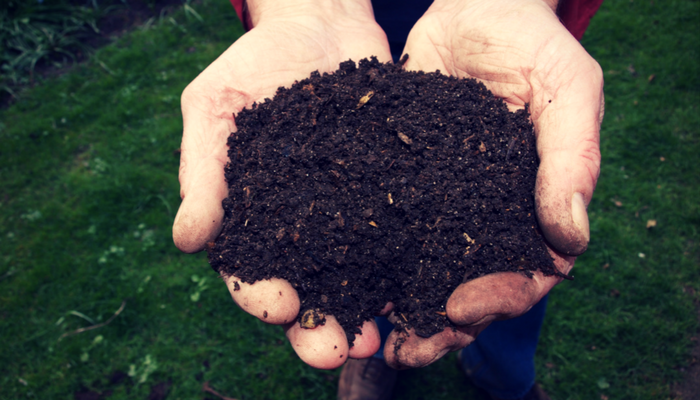 The models analysed were the fifth container of Barcelona, the door-to-door collection in Esporles (Majorca), the Wet-dry system in the community of Barbanza (Galicia), the community composting in Hernani (Guipuzkoa), the fifth container with key in Pamplona and a failed pilot project in Rioja.
The models analysed were the fifth container of Barcelona, the door-to-door collection in Esporles (Majorca), the Wet-dry system in the community of Barbanza (Galicia), the community composting in Hernani (Guipuzkoa), the fifth container with key in Pamplona and a failed pilot project in Rioja.
The study also highlights that separate collection of organic waste is completely necessary to reach the objectives set by the EU – the recycling target of 50% by 2020. More and more regions and municipalities, such as the Foral Community of Navarra or the municipalities of Madrid and Valencia, have become aware of the need to implement separate collection of organics and are growing into the benefits of producing quality composting while reducing GHG emissions.